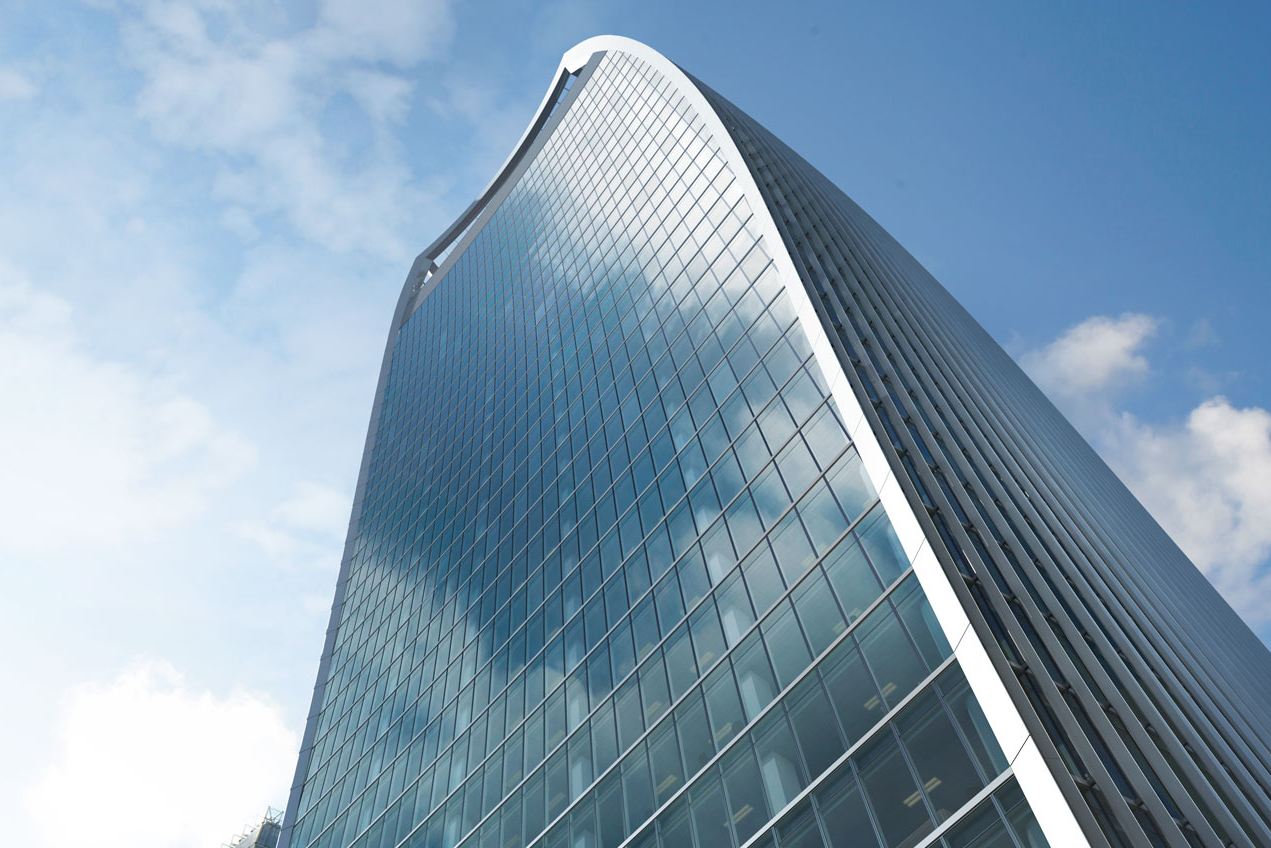

£946: the money the developers of a curved glass building in London paid to Martin Lindsay after reflected light from the skyscraper melted his Jaguar XJ
18 to 27 degrees Fahrenheit: the average increase in surface temperature when moving from a rural area to a city

244 meters: the height of the unoccupied space in the world’s tallest building, the 828-meter Burj Khalifa (turns out many of our tallest skyscrapers are hiding lots of vanity height)

3 to 8 hours: the time it takes to 3-D print your own invisibility cloak

118: the number of Large Hadron Colliders you’d need in order to test what would happen if every element on the periodic table came into contact simultaneously

$65: the price of a simple kit to build your own cockroach-like robot that runs 5 feet a second and can survive 90-foot falls

30: the number of pictures per second this new laser technique creates to show surgeons exactly where tumors end and brains begin

7 years: the time it took 20 researchers to finally figure out the chemical composition of human urine
$79: the pre-order price of a wristband that uses your distinct heartbeat to unlock your devices

1.63 inches: the size of the LCD screen on Samsung’s new Galaxy Gear smartwatch

6.6 pounds: the max weight these new package-delivery drones in China can carry

$180: the price of the Adidas Springblade running shoes, which contain plastic springs to help runners go faster

69 percent: the portion of American high-school graduates that failed to meet college-readiness benchmarks in science in 2012 (here’s how to fix U.S. science education)

